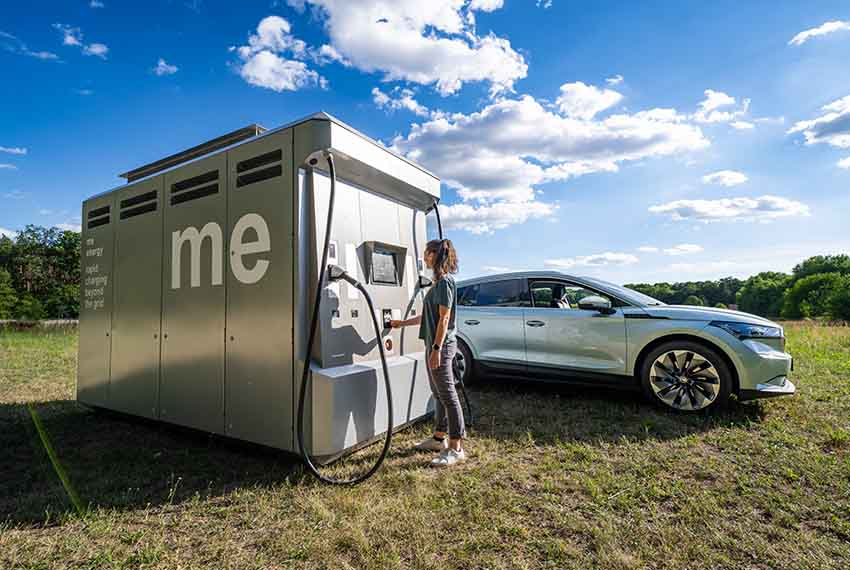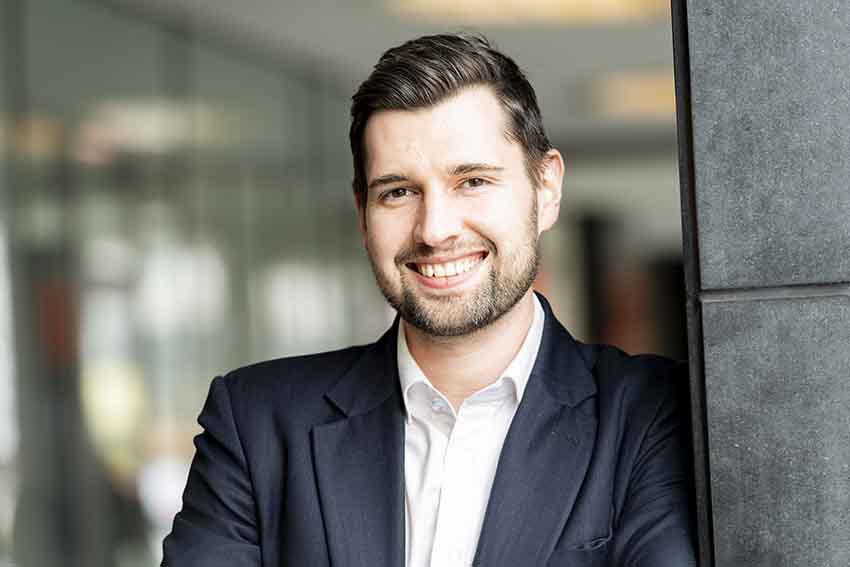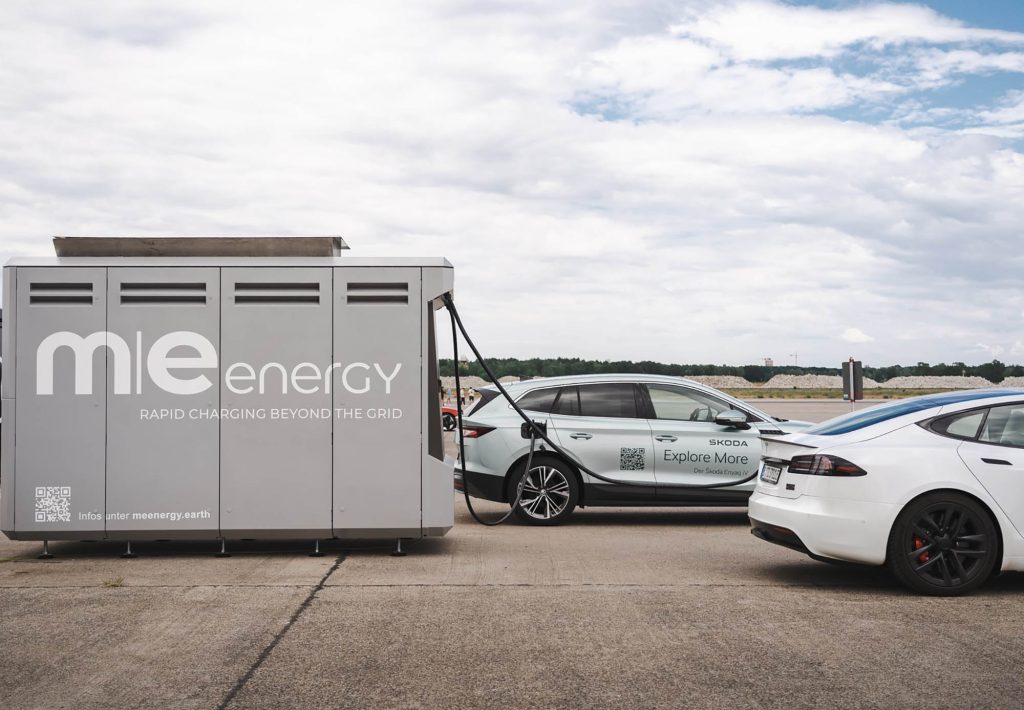As the first provider and operator of power grid-independent fast charging stations, ME Energy enables a nationwide breakthrough in electromobility and thus makes an important contribution to a sustainable way of life.
Interview with Alexander Sohl, CEO & Founder of me energy.
Easy Engineering: A brief description of the company and its activities.
Alexander Sohl: me energy is the first company to provide fast charging as a service. This is possible with our completely grid-independent, CO2-neutral and mobile charging stations. They use the biomass or waste-based liquids biomethanol or bioethanol to produce 150 kW sustainable charging power in the station with 4.000 kWh of storage. Me energy focuses on local supply chains to enable a truly sustainable and circular power generation.
E.E: What are the main areas of activity of the company?
A.S: me energy currently focuses on the ramp-up of production and operation of our charger. As a small company, we took on the challenge of production of large hardware, and we are in the process of mastering that. Furthermore, a lot of activity flows into setting up and building an efficient operation structure for our charging stations in the field. To ensure both areas run smoothly, we constantly improve our charger. So R&D (Research & Development) is part of the mix.

E.E: What’s the news about new products?
A.S: Our R&D currently focuses on providing the best customer experience possible with our existing products and optimizing production speed. But of course, as engineers, we are always eager to develop new products. It’s just too early to specify what and when it will reach the market.
E.E: What are the ranges of products?
A.S: Our product is charging as a service. It’s progressive and advantageous for companies because our customers don’t need to buy a charger but can pay per use or a monthly rate. That is possible due to the mobile nature of our chargers, since they are not connected to the power grid and not permanently installed. They are viewed as “mobile assets,” which is why rental or leasing contracts are possible in the first place. The monthly rate starts at 1,800 €. We offer a carefree package, so customers can include maintenance and payment processing – if needed. So we are really focusing on one thing: making charging as convenient as possible, not only for the user but also for the charging station owner.
Even though it is mainly one product, there is a widespread field of applications from logistics to busses and car rental companies. All of them need convenient fast charging of their fleet which is only possible with fast charging stations, such as the Rapid Charger 150. They don’t have the time to plug their trucks into the wall box for 10 to 30 hours to recharge them fully. The same applies to bus companies. It’s just as interesting for car rental and housing cooperatives that want to offer EV charging for their tenants.

E.E: At what stage is the market where you are currently active?
A.S: E-mobility is picking up pace in Europe, especially in the light vehicle sector. Heavy vehicles and public transport are slowly taking the first steps towards electrification, but there is still a long way to go. But looking simply a vehicle sale is not giving you the whole picture. We see the biggest challenges for the mobility transition in our charging infrastructure, especially the fast-charging infrastructure. While we are already failing with charging stations for cars, commercial vehicles need a lot more power than the grid can supply to recharge them fast enough. Todays EV fast-charging station is like a wall box for trucks. The power grid needs massive expansion for that.
E.E: What can you tell us about market trends?
A.S: Electrifying everything almost exclusively with batteries is the future. More and more vehicles are equipped with batteries, while fuel cells are often not yet ready or simply are too expensive. With advantages in battery technology, even long-haul freight will be electric in the next 5 to 10 years. But electricity needs to be available in all the places where vehicles are standing. Since convenience is key and not every single parking spot will offer a charging pole, we will need many more fast-charging stations in the market.
E.E: What are the most innovative products marketed?
A.S: Being the only and first one of its kind, our sustainable biomass and waste-based charging stations don’t need to hide behind other innovations in the industry. Apart from us, there is a lot of buzz around new solid-state battery technology and second-life-based battery buffers. From an engineering perspective, those are fairly straightforward concepts.

E.E: What estimations do you have for 2023?
A.S: To contribute to the energy and mobility revolution we are trying to scale production as fast as possible. We are now at an output of 6 chargers/month and will scale up to 10 by the end of the year, tripling again next year. So, by the end of 2024, one can see over 300 live me energy charging points. It’s a small but important step to nudge people to the right decision when thinking about buying an electric car.
